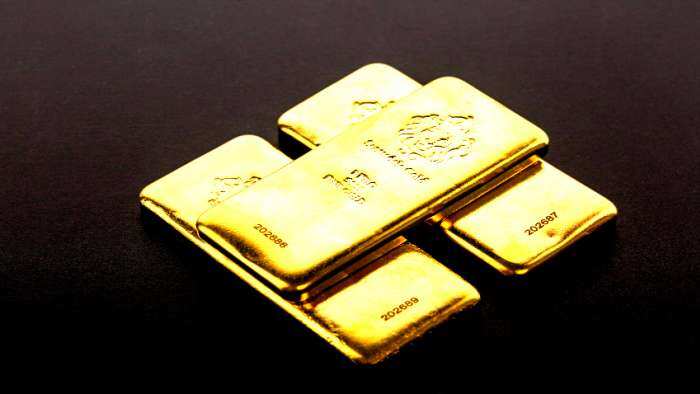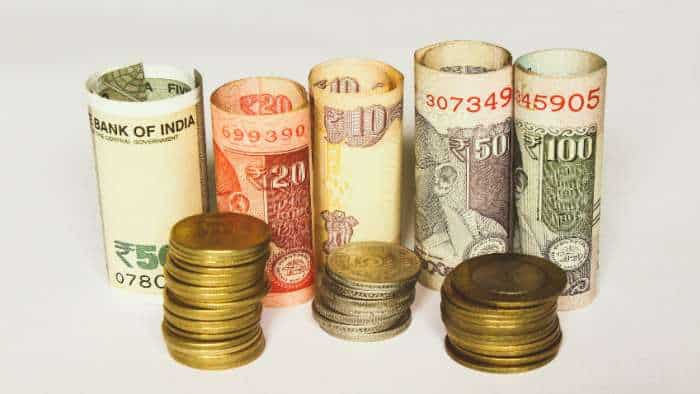Dhanteras 2018: Buyers flock to new trend in gold that takes yellow out of equation
Dhanteras 2018: Jewellery designs crafted in green, purple, rose and white gold are emerging as a formidable choice for connoisseurs this Dhanteras. “Although yellow gold is timeless, other hues have gained increasing popularity over the years,” says jewellery designer Neha Roongta.

Dhanteras 2018: As consumers seek out the “exotic”, the ever shining yellow gold is gradually making space for more exuberant hues of the reliable metal. Jewellery designs crafted in green, purple, rose and white gold are emerging as a formidable choice for connoisseurs this Dhanteras. “Although yellow gold is timeless, other hues have gained increasing popularity over the years,” says jewellery designer Neha Roongta.
Gold is naturally found yellow in colour. But pure gold, which is 24 karat, is extremely soft and malleable and hence not strong enough for use in jewellery, says Shreyas V Cotha, director, C Krishniah Chetty Group of Jewellers. “Therefore we alloy gold with other metals like copper, zinc, palladium to enhance its strength. During this process, we also have the ability to alter the colour of gold based on the alloy metal, ” says Cotha.
When pure gold is alloyed with copper, rose gold is created. White gold is an alloy of gold with a white metal like nickel or palladium. Green gold is created by alloying gold with silver. Purple gold meanwhile, also called as amethyst gold, is an alloy of gold and aluminium intermetallic.
But lately, there has been a trend of creating unique designs by using a combination of two-three different gold colours, mostly rose and white, says Roongta.
White gold is mostly a popular choice while crafting diamond studded jewellery “as it enhances the brightness of the diamond and is the best substitute for platinum’’, says Aparna Gujral, design head, Ganjam.
Gujral says green gold is used for setting green stones like emeralds and tsavorites.
Green gold can also be paired with amethyst and alexandrite stores, says Yash Agarwal, creative director and design head, Birdhichand Ghanshyamdas Jaipur.
White gold, meanwhile, can be used in setting blue stones like tanzanites and sapphires, says Roongta.
Designers are utilising multi-hued gold to design a range of contemporary and everyday wear jewellery.
“Rose gold is mostly used for daily wear pieces and for watches. White and green gold is preferred for contemporary statement pieces. While cocktail rings, chandelier earring, chunky neckpieces are preferred in combinations of rose and white gold,” says Roongta.
Ganjam had used rose gold in its origami collection by bringing the precision of hand folds of paper through rose gold, says Gujral. CKC had made jewellery with a zinc-gold alloy which produces a ‘’slightly greenish tinted gold alloy.”
“It is a good option when coupling designs with green diamonds or even emeralds. It isn’t easy to get the correct proportions of the alloy to develop green gold,” adds Cotha.
India is one of the biggest global importers and consumer of gold.
India imported 880 tonnes of gold in 2017, as per data by metals consultancy GFMS.
But does the usage of non-yellow gold produce any impact on prices to the consumer?
Cotha says there is no real price difference as such. “To change the colour of gold, we have to alloy around 25% of the metal, arriving at 18 karat gold. Rose, white, green, purple gold are all forms of 18kt gold. Only the metal alloy differs, but the gold content remains the same. This means there is no price difference.”
However, according to Agarwal, white and rose gold jewellery is priced 5-10 percent higher than yellow gold, ‘’considering the mixture of metals to achieve the desired colour”.
Experts say although these unique colours are popular now, purchase decisions of consumers are determined by multiple factors.
“The choice of gold colour is guided by the skin tone, risk aversion to new designs, etc. Yellow gold still dominates, ,” says Cotha.
Roughly 80-85% of the jewellery in India is still made up of the traditional yellow gold, especially in South India.
Cotha believes that although white gold has been a choice with younger consumers, some are averse as it can discolour and revert back to its natural yellow colour over longer time periods. “But a simple white gold polish can resolve this issue.”
Source: DNA Money
Get Latest Business News, Stock Market Updates and Videos; Check your tax outgo through Income Tax Calculator and save money through our Personal Finance coverage. Check Business Breaking News Live on Zee Business Twitter and Facebook. Subscribe on YouTube.
RECOMMENDED STORIES

Top 7 Gold ETFs With Best Returns in 3 Years: No.1 ETF has converted Rs 7 lakh investment into Rs 10.80 lakh; know how others have fared

Top 7 Flexi Cap Mutual Funds With up to 52% SIP Return in 1 Year: Rs 20,000 monthly SIP investment in No. 1 fund has generated Rs 3.02 lakh; know about others too

Sukanya Samriddhi Yojana vs PPF: Rs 1 lakh/year investment for 15 years; which can create larger corpus on maturity?
11:25 AM IST









 May Lakshmi bless you, but debt might be lurking behind
May Lakshmi bless you, but debt might be lurking behind  Dhanteras 2024: Blinkit and other online platforms offer gold coin options, check latest city-wise rates
Dhanteras 2024: Blinkit and other online platforms offer gold coin options, check latest city-wise rates Gold rises Rs 300 to Rs 81,400 per 10 grams on Dhanteras
Gold rises Rs 300 to Rs 81,400 per 10 grams on Dhanteras  Dhanteras 2024: Auspicious times to buy gold and silver today, city-wise schedule
Dhanteras 2024: Auspicious times to buy gold and silver today, city-wise schedule Dhanteras Gold Rush: Last year’s buyers enjoy 30% return as analysts predict more gains by 2024
Dhanteras Gold Rush: Last year’s buyers enjoy 30% return as analysts predict more gains by 2024